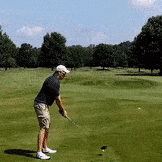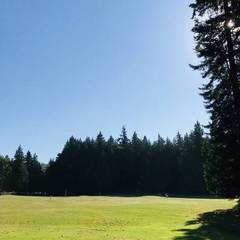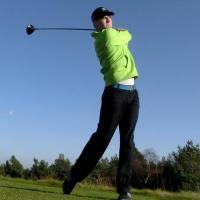IGNORED
My Swing (Open-Faced Club Sandwedge)
Note: This thread is 4977 days old. We appreciate that you found this thread instead of starting a new one, but if you plan to post here please make sure it's still relevant. If not, please start a new topic. Thank you!
-
Topics Being Discussed Right Now on The Sand Trap
-
- 22 replies
- 786 views
-
- 9 replies
- 250 views
-
2024 TST Outing - June 1/2 @ EagleSticks and Virtues 1 2 3 4 13
By StuM, in Member Outings & Meetups
- 220 replies
- 18,090 views
-
- 6 replies
- 160 views
-
- 4 replies
- 191 views
-









Recommended Posts
Create an account or sign in to comment
You need to be a member in order to leave a comment
Create an account
Sign up for a new account in our community. It's easy!
Register a new accountSign in
Already have an account? Sign in here.
Sign In Now